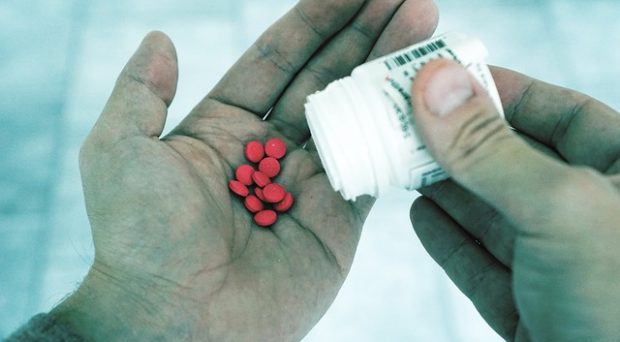
This blog was originally posted on SpringerOpen blog
Information on significant surface properties of pharmaceutical tablets, such as their average surface roughness and gloss, can now be used to screen commercially available counterfeit and genuine antimalarial tablets by resorting to simple and cost effective optical measurement techniques according to our new study completed at the University of Eastern Finland.
The use of this fast and easy to use technique can serve as the source of obtaining first-hand information or an alert of possible counterfeit and substandard drugs.
We developed an affordable gloss detecting approach (especially the handheld glossmeter) that could be used for field checking of pharmaceutical tablets sold in the markets of developing countries where counterfeiting of drugs has become a life-threatening problem that needs immediate solution. The use of this fast and easy to use technique can serve as the source of obtaining first-hand information or an alert of possible counterfeit and substandard drugs.
Although other fast optical techniques such as handheld, near infrared, and Raman spectrometers are commercially available and have been used for field checking of drugs, these methods demand expertise and are relatively costly for an individual to afford.
Testing antimalarial drugs and the importance of surface quality
In our recent article, we have for the first time introduced the use of a handheld and two-dimensional glossmeters for the detection of the surface quality of commercially available pharmaceutical tablets. As a case study, we measured and compared the gloss data of certified authentic and counterfeit antimalarial tablets obtained from the Food and Drug Authority (FDA), Ghana.
Clear differences in the measured gloss data were observed between the authentic and the fake tablets. For verification and comparison purposes, we conducted an average surface roughness measurement of the tablet samples. The observation made from the surface roughness measurement supported those obtained from the scanning and the pointwise gloss measurements.
Clear differences in the measured gloss data were observed between the authentic and the fake tablets.
The ability to monitor the surface quality of tablets plays a significant role in terms of the drug release and therefore affects the bioavailability of the drug. It is known that the limited release of drugs when ingested has significantly contributed to the current rise of drug-resistant parasites, of which malaria parasites are a major concern according to the World Health Organisation (WHO).
Malaria is among one of the most dangerous pandemics, causing a high number of fatalities, especially in the sub-Saharan Africa and south-eastern Asia. An estimated 429,000 malaria deaths were recorded globally in 2015 alone, according to the 2016 world malaria report. This serves as the motivation behind the choice of antimalarial tablets for this study.
Further work
Adding to the above contribution, our team has conducted several studies in the field of pharmacy by introducing novel and safe methods as well as the development new optics based models for fast and contactless detection of the quality parameters of pharmaceutical solid dosage forms using cutting edge terahertz technology.
By collaborating with scientists at the Promis Centre of the University of Eastern Finland, the University of Cambridge, UK, and industrial partners in Switzerland, we have successfully demonstrated the ability to non-invasively detect the porosity, weight and the structural properties of tablets. We are currently studying the liquid imbibition properties, in real time, of pharmaceutical tablets made of a novel engineered porous excipient.
Comments